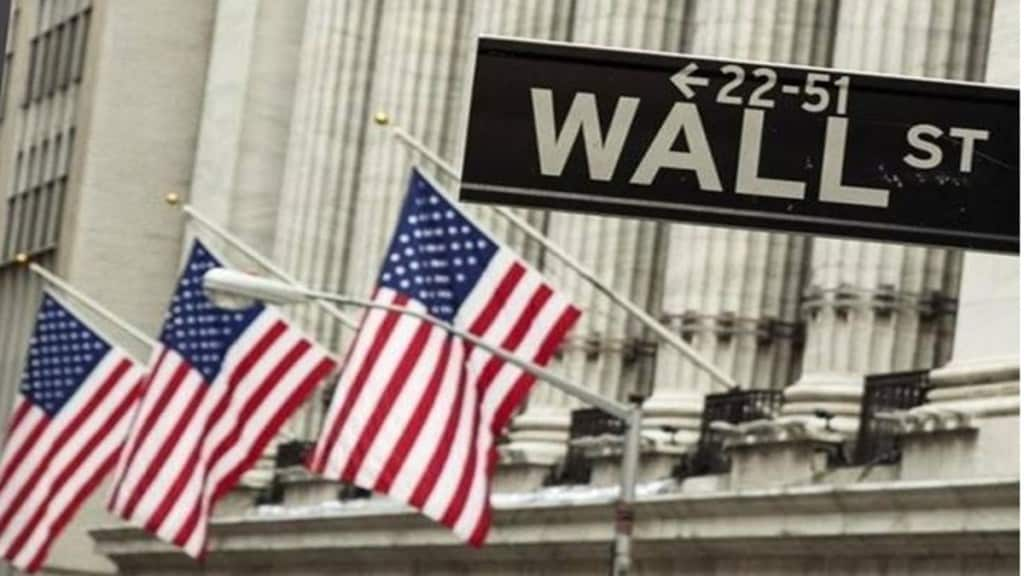The US stock market began on a sombre note in 2023, with the Fed’s aggressive positioning expected to impact the economy and corporate margins. However, the first half market performance revealed that Wall Street’s predictions were not met, with the S&P 500 and Nasdaq 100 generating 13% and 35% respectively.
Investors are looking forward to how the US stock market fares in H2. “Stock markets are likely to fall this summer, which will provide investors a key buying opportunity to enhance their portfolios, says Nigel Green, CEO and founder, deVere Group, one of the world’s largest independent financial advisory, asset management and fintech organisations.
The deVere CEO observes: “Inflation remains high and sticky in most major developed economies. This puts fresh pressure on central banks to maintain interest rate hikes, or drop the pause in the case of the US Fed.”
Inflationary risks are still posing a danger with US Fed remaining hawkish even after pausing rate hikes in June’s FOMC meeting. The second half of 2023 could show volatility owing to the impact of earlier rate hikes on company earnings, consumer demand, and the US GDP growth rate.
“The US stock market is currently facing a number of headwinds, including rising interest rates, inflation, and the ongoing war in Ukraine. Despite this S&P 500 has generated more than 10% year-to-date return, primarily driven by a handful of tech stocks. However, some positive signs could help the market rebound in the second half of the year. For example, earnings growth is still expected to be strong, and the economy is still growing, albeit at a slower pace. On top of it, there is an indication that the Fed will put a pause on raising rates,” says Viram Shah, Co-founder & CEO of Vested Finance
Morgan Stanley’s Michael Wilson recently predicted a short-term decline in the S&P 500, with the benchmark index ending the year at 3,900 and rising to 4,200 in the second quarter of next year. Wilson’s forecast for a market slump in 2023 is yet to materialize.
“With the Fed indicating that rate hikes are still on the roadmap, I wouldn’t expect the market to be overly buoyant in H2. Plus, macroeconomic factors such as US inflation and the Russia-Ukraine war don’t seem to be changing anytime soon either,” says Sitashwa Srivastava, Co-founder & Co-CEO, Stockal.
Currently, some sectors especially the technology dominated by AI stocks appear overbought. The sentiments, however, don’t seem to be abating anytime soon. “With the business-mainstreaming of Artificial Intelligence, tech companies building in around AI should grow,” adds Sitashwa.
The interest rates remaining higher for longer remains the biggest roadblock for the across-the-board bull market rally to return to its path. Here’s why a higher interest rate scenario could be bad for stock prices. Green says, “Interest rate jumps can discourage consumer borrowing and spending. When borrowing costs increase, individuals may be less willing to take on new loans for purchases such as homes, cars, or other consumer goods. This reduced consumer spending can negatively affect the earnings and profitability of businesses, leading to a decrease in stock prices.”
Allocation of funds across assets holds the key to making money in the long term. Here’s what Sitashwa suggests – “Depending on your goals – short or long term, there are some interesting trends that investors could look at. For instance, VIX, a marker for the expected 30-day volatility or fear index, is at its lowest in 3.5 years, indicating short-term confidence in the markets. Those looking for small windows of gain might benefit from following VIX closely. At Stockal, for long-term investors, there is an ever-increasing demand for fixed-income products. USD plus fixed gains end-up beating Indian fixed income gains more often than not.”
“In addition, rising interest rates make fixed-income investments, such as bonds, more attractive relative to stocks. As bond yields increase, investors may reallocate their investments from stocks to bonds, seeking higher returns with less risk, echos Green.
Here’s what the history shows – Only eight years in the past 25 years—five of them during the dot-com bust and financial crisis—have seen stock prices fall in the second half. It means, US stocks traditionally perform better in the last six months of the year. Will this pattern be broken in 2023, only time will tell.


